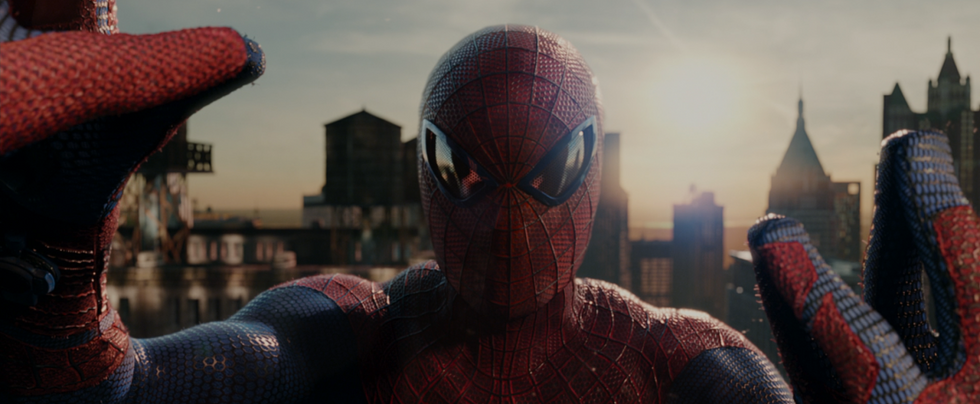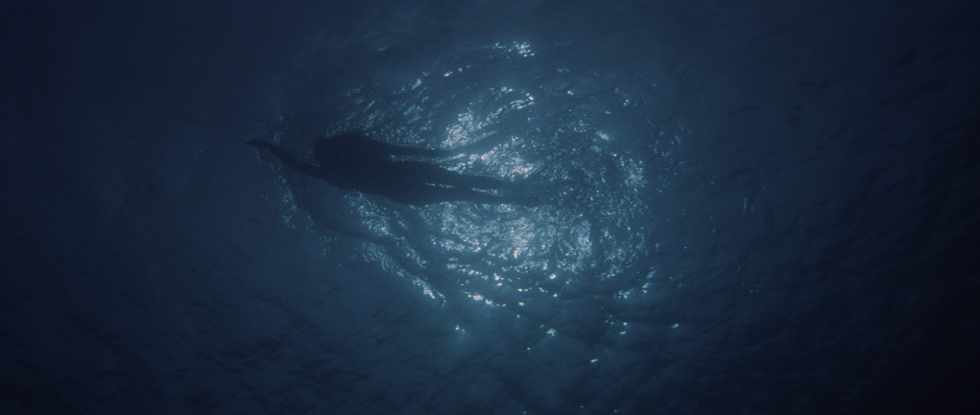HolyManta VND: Canon EF to NEX/MFT Lens Adapter With a Built-In Variable Neutral Density Filter

Here is the crowdfunding video for this first-of-its-kind internal lens adapter/variable ND filter:
Thomas has also been testing sharpness and color. Here are those tests below:
He just posted this video a few days ago, which was filmed with the HolyManta:
Since I know many of you will ask about it, the campaign is being run on FundedByMe, which is basically the Swedish version of Kickstarter. Thomas and I have been in contact, but since he has received a tremendous amount of inquiries, I am posting his answers to some of the same questions I had (these were taken from the comments section on his FundedByMe page):
There is no clear glass when inactivated. The filters are very thin however, so although there is a focus shift, it's hardly noticable unless using very fast lenses. Infinity focus is not lost, it just takes place slightly before hitting the end on the focus ring.
I gave the smart adapter idea a lot thought when I started working on this idea, but since I'm neither a software specialist nor a digital hardware specialist I focused on a dumb adapter.
More from Thomas:
-My goal is to ship the product at the end of June.
-As the R&D engineer at an Uppsala biotech company, a part of my job is to develop the production and quality inspection line of high-end microstructure components and products for micropscopic analytical use. It is me and my employer who produce them, I won't say the numbers here - but a large number to say the least. So I have substantial experience in this :)
-The adapter comes in two versions from which the buyer/funder gets to choose when buying.
-Warranty: not decided as of yet. Let me get back on that within a week.
-The adapter walls are 4mm thick aluminum. The house is made of tough CNC:d aluminum. I would be more worried about the mount on the camera than the adapter when using heavy lenses.
This sort of thing is very exciting. Variable NDs tend to be a little softer than regular ND filters just by the nature of their design (basically two polarizers stuck together), so what you're losing in overall sharpness, you're gaining in ease of use and speed. This is going to be great for people who are using a camera without internal ND filters, like the Sony FS100, MFT Blackmagic Cinema Camera, or the Blackmagic Pocket Cinema Camera. If you've got the time, placing individual ND filters one at a time in front of your lenses is the best way to maintain sharpness and color, but that can be time-consuming or distracting for certain types of shooting.
For example, if you're shooting a documentary, being able to quickly change your exposure is important, and sometimes the situation calls for the exposure to change very quickly. If you're trying to maintain consistent depth of field, the best way to do that is with ND filters -- and certainly the fastest way would be with a variable ND filter.
The only issue right now is the fact that since this is a dumb adapter, your lenses will either have to be used wide open, or you'll have to change the aperture with a smart adapter or with a DSLR and remove the lens. That will be a deal-breaker for some people, but you may not need to change your aperture very often since that is the idea behind a variable ND. If you've got manual lenses that work with the Canon mount, like Nikon or Leica R, you're good to go, and you could simply put another small adapter on the HolyManta. This may affect focus even more, but again, you're sacrificing certain aspects in order to have ultimate convenience.
Right now he is offering two versions, a Canon EF to Sony E-mount or a Canon EF to Micro 4/3. If you're a backer, you'll get the adapter for $200, but they will later be sold through his website for $280. You can find links to the website and the crowdfunding campaign below.
Links:

 'The Amazing Spider-Man' (2012)
'The Amazing Spider-Man' (2012) 'Jaws' (1975)
'Jaws' (1975)









